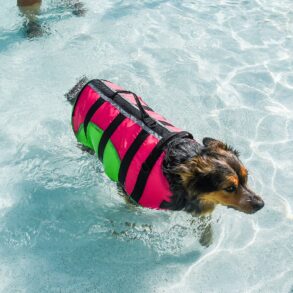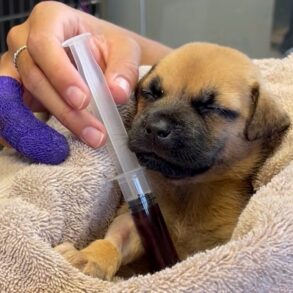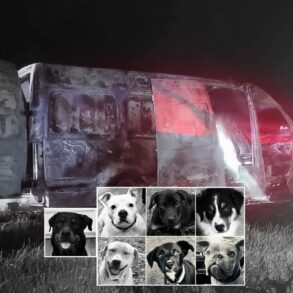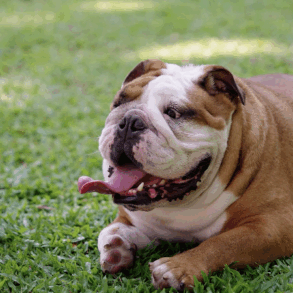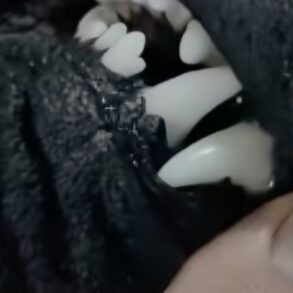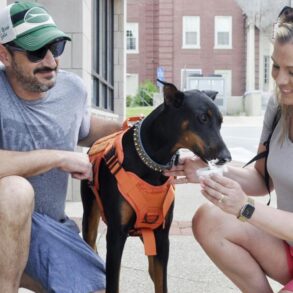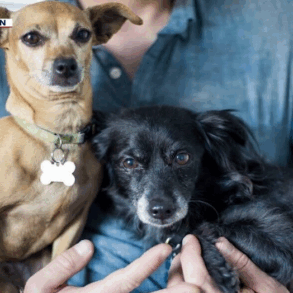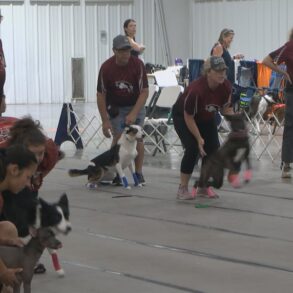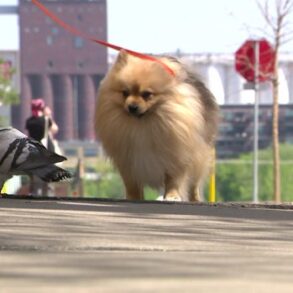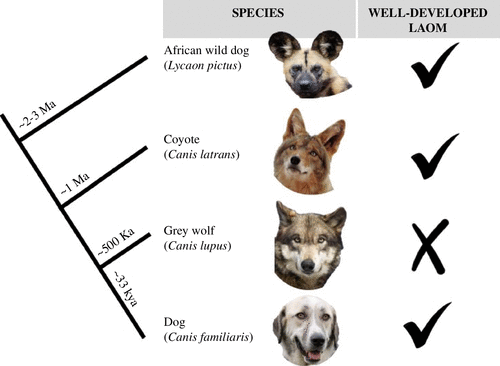
New research from Baylor University challenges the idea that the famous “puppy dog eyes” expression evolved exclusively in dogs due to domestication. The study shows that coyotes, like domestic dogs, possess the ability to produce this endearing facial expression.
Summary: Researchers discover that coyotes have the same muscle responsible for “puppy dog eyes” as domestic dogs, suggesting this trait may be ancestral rather than a result of domestication.
Estimated reading time: 5 minutes
A study published in the Royal Society Open Science has uncovered a surprising similarity between coyotes and domestic dogs: the ability to make “puppy dog eyes.” This discovery challenges long-held assumptions about the evolution of facial expressions in canines and their relationship to human interaction.
The Science Behind “Puppy Dog Eyes”
The research team, led by Patrick Cunningham, a Ph.D. research student in the Department of Biology at Baylor University, focused on examining the levator anguli oculi medialis (LAOM) muscle in coyotes. This muscle is responsible for raising the inner eyebrow, creating the characteristic “puppy dog eyes” expression that many find irresistible in domestic dogs.
Contrary to previous beliefs, the study found that coyotes possess a well-developed LAOM, similar to that found in dogs. This finding contradicts the hypothesis that the muscle evolved specifically for communication between humans and dogs during the domestication process.
Cunningham explained the significance of their discovery: “Our findings suggest that the ability to produce ‘puppy dog eyes’ is not a unique product of dog domestication but rather an ancestral trait shared by multiple species in the Canis genus. This raises fascinating questions about the role of facial expressions in communication and survival among wild canids”.
Comparing Canine Cousins
The research team conducted a comprehensive comparison of facial muscles among coyotes, dogs, and gray wolves. While both dogs and coyotes were found to have a well-developed LAOM, the muscle is either modified or absent in gray wolves. This discovery challenges the idea that human-driven selection was solely responsible for the development of the inner brow raiser in dogs.
Instead, the study suggests that the LAOM was likely present in a common ancestor of dogs, coyotes, and gray wolves but was later lost or reduced in wolves. This evolutionary twist provides new insights into the development of facial expressions in the Canis genus.
Implications for Canine Communication
The research also revealed significant variations in the facial muscles of coyotes, particularly those related to brow and lip movements. This intraspecific variation suggests that facial expressions may play a more complex role in canine communication than previously thought.
“Our work reveals that coyotes and dogs share not just behavioral similarities, but also a fascinating evolutionary history that includes the ability to make expressions that we once thought were unique to domesticated animals,” Cunningham noted.
Beyond “Puppy Dog Eyes”
This discovery has broader implications for understanding the evolution of facial expressions in mammals. The researchers speculate that the LAOM may have originally evolved for functions related to vision and eye movements, rather than communication with humans, as previously thought.
Future studies on other canid species, including red wolves and African wild dogs, may further illuminate the role of facial expressions in survival and species communication. This research opens up new avenues for exploring the complex interplay between genetics, environment, and communication in the animal kingdom.
Questions and Considerations
While this study provides exciting new insights into canine facial expressions, it also raises several questions:
- How do these facial expressions function in wild coyote populations?
- Could this shared trait influence human-coyote interactions in urban environments?
- What other “domesticated” traits might we find in wild canine species upon closer examination?
As research in this field continues, we may gain a deeper understanding of the evolutionary pathways that have shaped our canine companions and their wild relatives.
Quiz:
- Which muscle is responsible for creating the “puppy dog eyes” expression?
- According to the study, which species were found to have a well-developed LAOM?
- What does this discovery suggest about the evolution of “puppy dog eyes”?
Answers:
- The levator anguli oculi medialis (LAOM) muscle.
- Both domestic dogs and coyotes.
- It suggests that this trait may be ancestral rather than a result of domestication.
For further reading:
Glossary of Terms:
- LAOM: Levator anguli oculi medialis, the muscle responsible for raising the inner eyebrow.
- Canid: A member of the family Canidae, which includes dogs, wolves, foxes, and jackals.
- Intraspecific variation: Differences between individuals within the same species.
- Domestication: The process of adapting wild plants and animals for human use.
- Phylogenetic: Relating to the evolutionary development and diversification of a species or group of organisms.
Enjoy this story? Get our newsletter! https://scienceblog.substack.com/
This post was originally published on this site be sure to check out more of their content.









